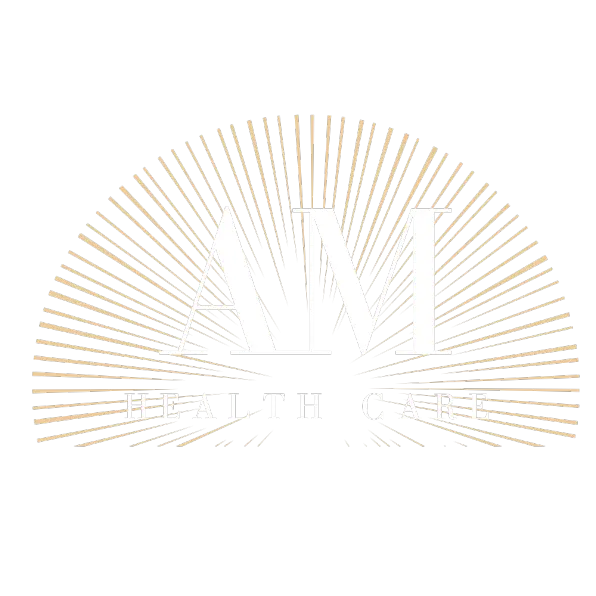In the era of COVD-19 and quarantining, it is much harder to pick up on addiction cues happening within our networking circles. When you’re in person, there can be easy-to-read signs that someone may be struggling (perhaps in their appearance or behavior). But with Zoom chats and social distancing, recognizing these indicators may require more scrutiny. CNBC recently addressed this topic, particularly when it comes to coworkers and office mates.
The CNBC article offered a few telltale signs that may indicate whether a coworker is dealing with a substance abuse issue. And as writer Rachel Graham accurately points out, this can be anyone from a junior assistant to a high ranking executive.
“With many people’s routines disrupted, stress mounting as working parents try to manage online school, and mental health and addiction treatment services disrupted, we have seen an uptick in calls at treatment center related to addiction in the workplace,” Graham wrote in the piece. “This includes addiction problems among C-suite executives. For some workers, occasional drinking or use of prescription drugs has morphed into dependency. Others who were previously managing addictions successfully have relapsed.”
Sign number one concerns visible cues that an addiction problem may be at hand. Graham calls out erratic behavior changes, such as surges in energy or rapid speech. There could also be withdrawal signals to look out for, such as missed meetings or self-loathing comments during a conversation.
Item number two to watch out for is social media. If you happen to follow the account of a coworker that you suspect is using, take a closer look and see if certain trends emerge. If drinking memes come up often, that could be a sign; as could excessive “jokes” about things like #wineoclock. Interestingly, the CNBC article revealed that people whose Facebook posts used words like “drink, “drunk” and “bottle” were more likely to have a diagnosis of alcoholism.
Physical appearance is sign number three and an important one, if you ask us. Even on a video conference call, you can tell if someone is looking more tired and disheveled. If they appear listless, unkempt or even have red discoloration in their face, they may be battling an issue like alcoholism.
The last sign pointed out by Graham is a change in the way a coworker may sound. She advises to listen closely to the way a person speaks. If they are pausing for long periods of time or are taking more rapid breaths, there is a good possibility that they may be on something when talking to you.
And remember, there is absolutely no shame in reaching out for help or calmly confronting a coworker who you think may have a problem. We are most certainly available to help in this arena and our door is always open.







